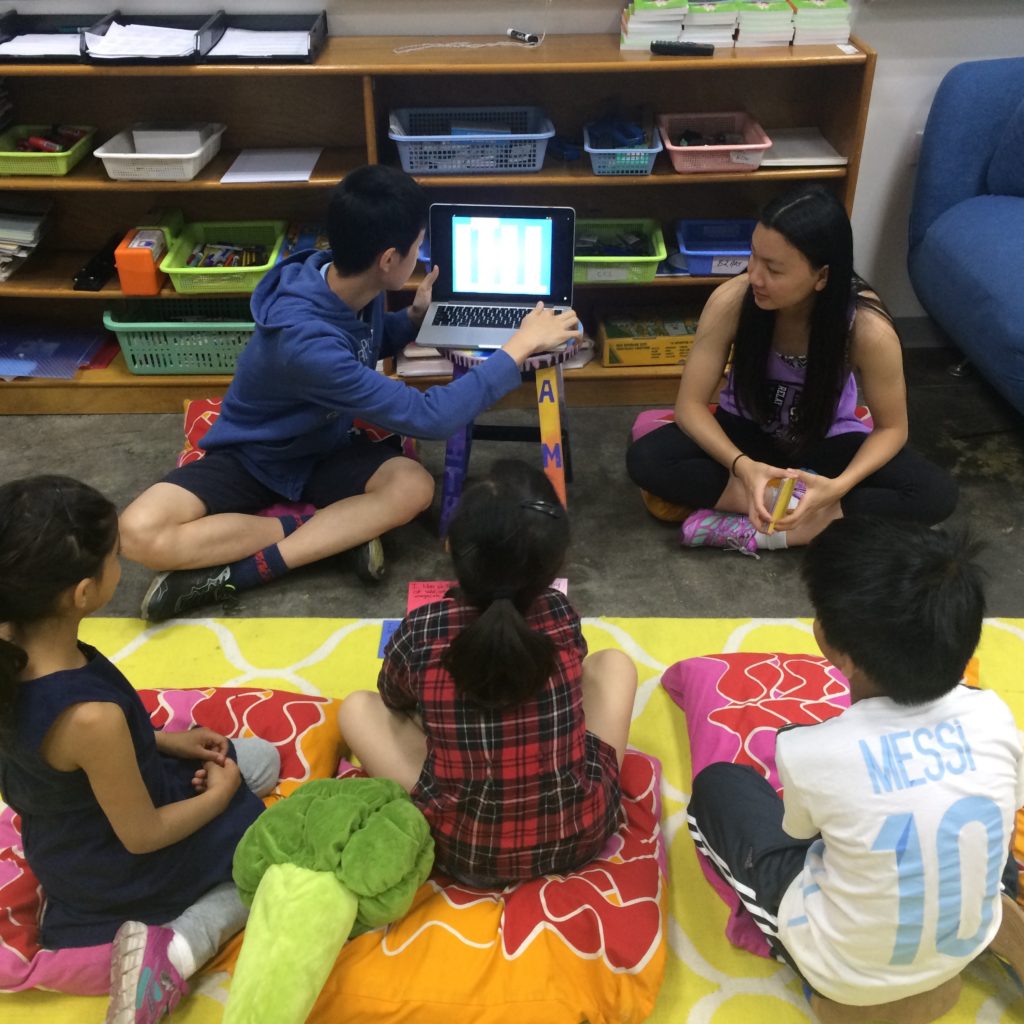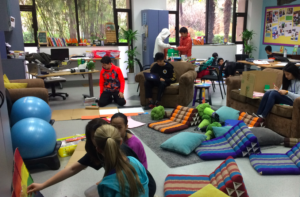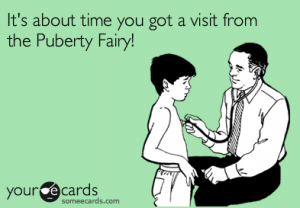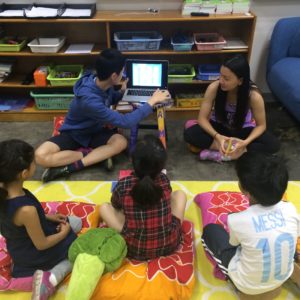Health is a state of complete physical, mental and social well-being and not merely the absence of disease. -World Health Organization
I remember my high school health class. Vaguely. I remember the textbooks, the worksheets, the videos — oh, the videos — and the awkward. I remember the awkward. I remember sitting there thinking how long until lunch? And I do I even feel like eating anymore after looking at all these pictures of gonorrhea?
I remember wanting it to end, because I just couldn’t see the point.
In other words, health was not my favorite subject.
But it should have been. I needed it to be. In fact, at close to 300 pounds, there was no other class with the potential to impact my life as much as that one. And it wasn’t just me either, food was my unhealthy coping skill, but what about my peers who used drugs, or drank, or fell into bullying behaviors, or unhealthy relationships?
We spent so much time learning about the dangers of our vices that we never took the time to figure out why we were using them in the first place. It took me years to figure out how much better life could be if I just took care of myself.
Which is why I believe in positive prevention; teaching teens about what they should do, rather than focusing on what they shouldn’t, replacing unhealthy coping skills with healthy ones, and keeping health curriculum focused on four main goals…
1. IT NEEDS TO BE CURRENT
Textbooks are becoming obsolete.
That’s why a magazine like Choices is a such a useful tool. The content is timely, it’s well researched, and they’re on top of best practices in health ed. The layout is appealing to teens, and it comes with useful resources like handouts and videos.
Speaking of videos, attention spans aren’t what they used to be and class time is limited. Gone are the days of spending three whole lessons watching Super Size Me. It’s better to kick a lesson off with a relevant TED Talk, news story, or YouTube clip instead. Then you can get the discussions going and the kids up and working.
There are so many great health websites now for teens. To find out which ones are the most effective, get the kids involved. Have them practice evaluating valid resources and then presenting the most useful ones to the class.
New studies and research about teen health are coming out almost daily. Using Twitter can help us stay on top of the latest, so we can share it with the kids and use it to update lessons and create new projects.
2. IT’S GOT TO BE RELEVANT
What are the issues facing teens today? How much have they shifted in the last ten years?
It’s important that teens learn to analyze the impact of technology — with all of its opportunities and challenges — on their physical, social, mental and emotional health.
Technology balance, sleep deprivation, time management, tech anxiety… these are all newer issues that need addressing, and health class is the perfect place to do it. Teaching kids about mindfulness and meditation can help them deal with their increasing stress levels in a constantly connected world.
But adding new content means that some old content might need to get put aside. That’s not always easy for teachers, but here’s a tip… if you’re still doing a lesson on Angel Dust, I think you can let that one go.
3. IT NEEDS TO BE ADAPTABLE
One of the benefits of the The National Health Education Standards is that they are based on skills rather than content, which allows teachers to design lessons to suit their student’s needs.
A couple of years ago, we had an issue pop up with cyberbullying on Ask.fm, By remaining adaptable, we were able to address the issue before it got out of hand and find a way to assess the students in a meaningful and authentic way.
4. AND IT’S BEST IF SHARED
Teaching a subject with a constantly changing curriculum isn’t easy. It takes time, and it takes collaboration… with students, parents, the community, and each other.
Stay tuned here every week for project ideas, lessons, resources, and tools for keeping your health class up-to-date.
Next week: Mindfulness and getting your classroom meditation practice started. (Trust me, it’s easier than you think!)
